Home>Gardening & Outdoor>Landscaping Ideas>How To Make A Grass Field In Photoshop
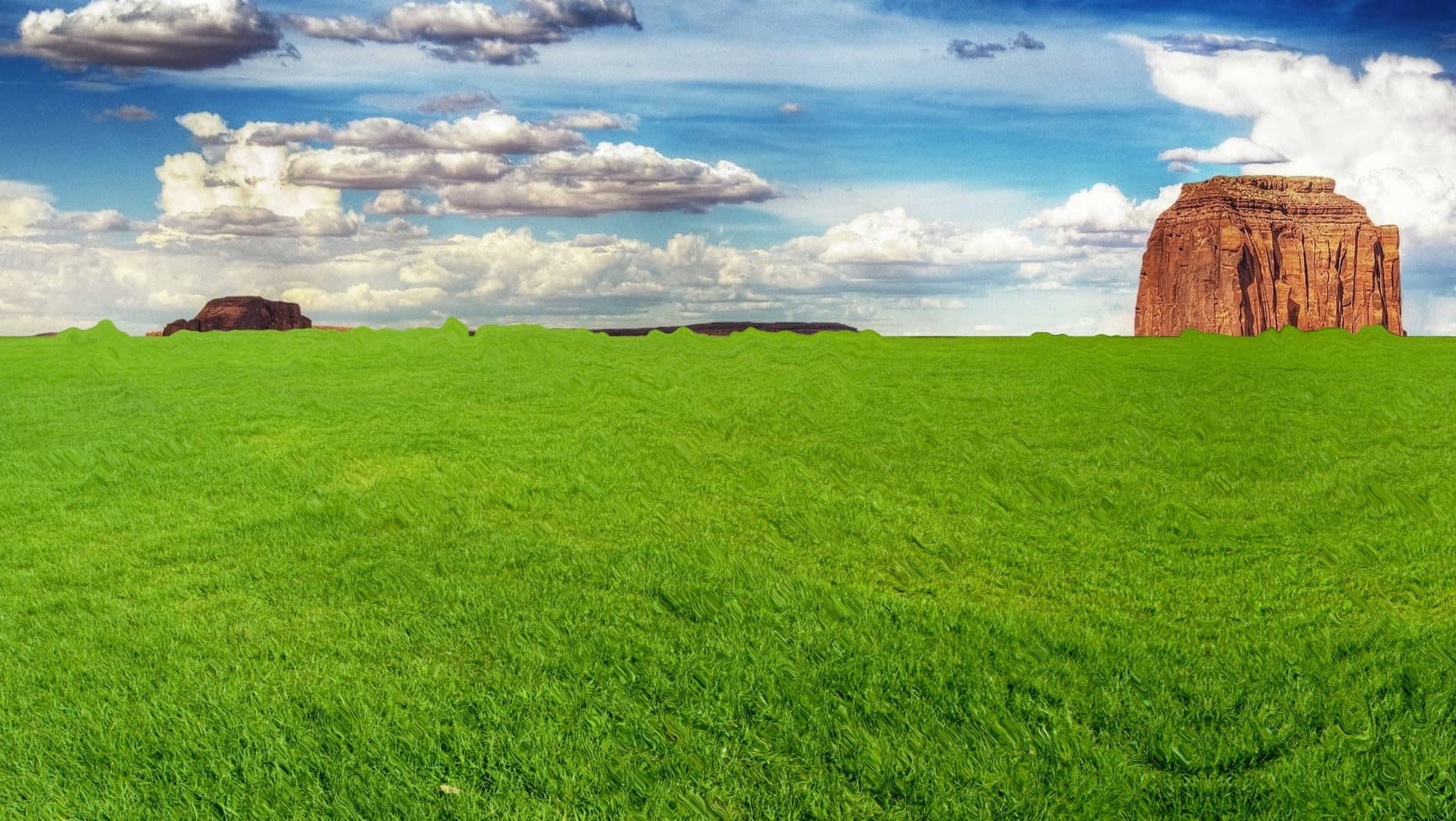

Landscaping Ideas
How To Make A Grass Field In Photoshop
Published: January 25, 2024
Learn how to create a realistic grass field in Photoshop with our landscaping ideas tutorial. Enhance your design skills and create stunning landscapes.
(Many of the links in this article redirect to a specific reviewed product. Your purchase of these products through affiliate links helps to generate commission for Storables.com, at no extra cost. Learn more)
Introduction
Creating a stunning grass field in Photoshop can bring your digital landscape designs to life. Whether you're a graphic designer, a digital artist, or simply an enthusiast exploring the realms of digital creativity, the ability to craft realistic grass can significantly enhance the visual impact of your projects. By mastering the art of producing lifelike grass textures and seamlessly integrating them into your scenes, you can elevate your work to new heights.
In this comprehensive guide, we will delve into the step-by-step process of crafting a captivating grass field using Photoshop. From setting up the workspace to adding final touches and adjustments, we will explore the essential techniques required to achieve a professional and realistic outcome. By the end of this tutorial, you will have the knowledge and skills to infuse your digital landscapes with vibrant and lifelike grass, imbuing your creations with a sense of natural beauty and depth.
So, let's embark on this creative journey and unlock the secrets of crafting a mesmerizing grass field in the digital realm. Get ready to harness the power of Photoshop and unleash your imagination as we dive into the intricacies of creating a captivating grassy landscape.
Key Takeaways:
- Crafting a realistic grass field in Photoshop involves setting up the workspace, creating a detailed grass texture, seamlessly integrating it into the scene, and adding shadows and highlights for depth and dimension.
- By mastering the techniques in this guide, you can infuse your digital landscapes with the vibrant and lifelike allure of a natural grass field, elevating your artistic creations to new levels of visual splendor.
Read more: How To Use Photoshop For Landscape Design
Setting up the Workspace
Before delving into the process of creating a lush grass field, it’s essential to set up the Photoshop workspace for optimal efficiency and creativity. Start by launching Photoshop and creating a new document with dimensions that suit your specific project requirements. Consider the intended use of the final artwork, whether it’s for digital illustrations, concept art, or any other purpose, and adjust the canvas size accordingly.
Once the document is ready, it’s time to establish a harmonious color scheme for the background. Select a serene and natural color that complements the envisioned grassy landscape. Earthy tones, such as soft greens or gentle browns, can serve as a suitable backdrop for the forthcoming grass field. Apply the chosen color to the background layer, ensuring a seamless transition between the sky and the ground.
Next, consider the composition of your scene. Visualize the placement of the grass field within the canvas and envision the overall layout of your digital landscape. By sketching a rough outline or adding basic shapes to represent prominent features, you can establish a preliminary framework for the upcoming grassy terrain. This initial step sets the stage for the seamless integration of the grass texture into the scene.
Furthermore, organizing the workspace involves setting up layers and groups to maintain a structured and easily navigable project. Create a new layer dedicated to the grass field, which will house the intricate details and textures of the grassy terrain. Additionally, consider grouping related elements together, such as the sky, distant objects, and the foreground, to facilitate efficient editing and adjustments as the project progresses.
With the workspace primed and ready, you are now prepared to embark on the creative journey of crafting a captivating grass field in Photoshop. The foundation has been laid, and the canvas eagerly awaits the infusion of vibrant and lifelike grass textures, bringing your digital landscape to life with natural beauty and depth.
Creating the Grass Texture
One of the pivotal aspects of crafting a captivating grass field in Photoshop lies in the creation of a realistic and detailed grass texture. To embark on this endeavor, we will explore the essential techniques for generating lifelike grass that seamlessly integrates into the digital landscape.
Begin by selecting the appropriate brush for creating the grass blades. Photoshop offers a diverse array of brush options, including those specifically designed for simulating natural elements such as grass, foliage, and vegetation. Experiment with different brush shapes, sizes, and textures to identify the most suitable brush for your envisioned grass field. Adjust the brush settings to achieve a natural and organic variation in the grass blades, encompassing varying lengths, angles, and densities.
With the brush selected, it’s time to define the color palette for the grass texture. Consider the environmental lighting and the desired mood of the scene, as these factors influence the choice of colors for the grass blades. Incorporate a spectrum of greens, from vibrant hues to subtle tints, to emulate the diverse and nuanced appearance of natural grass. Additionally, introduce hints of yellows and browns to infuse the texture with depth and realism, capturing the interplay of light and shadow within the grassy terrain.
As you commence painting the grass texture, embrace a sense of spontaneity and variation to emulate the organic nature of real grass. Employ varying brush strokes and pressures to imbue the grass blades with a natural sway and irregularity, mirroring the dynamic movement of wind-kissed grass in the natural environment. Layer the grass blades with meticulous care, gradually building depth and intricacy to evoke a lush and vibrant grass field.
Furthermore, consider the spatial distribution of the grass texture, strategically delineating areas of varying density and height to simulate the natural irregularities found in authentic grassy landscapes. Emphasize the foreground with denser and more defined grass blades, gradually transitioning into softer and more dispersed textures in the background, creating a sense of depth and perspective within the digital scene.
By meticulously crafting a rich and nuanced grass texture, you are laying the foundation for a visually captivating grass field that exudes natural beauty and realism. The intricacies of the grass texture serve as the cornerstone of the digital landscape, setting the stage for the seamless integration of the grassy terrain into the overarching composition.
Adding the Grass to the Field
With the meticulously crafted grass texture at your disposal, it’s time to seamlessly integrate it into the digital landscape, infusing the scene with the vibrant and lifelike allure of a lush grass field. Leveraging the power of Photoshop, we will explore the essential techniques for adding the meticulously crafted grass texture to the field, transforming the canvas into a captivating and immersive digital terrain.
Commence by importing the meticulously crafted grass texture into the Photoshop project, ensuring that it aligns with the envisioned composition and perspective of the scene. Position the grass texture layer within the designated grass field area, aligning it with the preliminary framework established during the workspace setup. Embrace the flexibility of Photoshop to resize, rotate, and reposition the grass texture, tailoring it to suit the intended layout of the grassy terrain.
As you integrate the grass texture, pay meticulous attention to the layering and depth of the grass field. Consider the interplay of foreground, midground, and background elements within the scene, strategically incorporating the grass texture to align with the envisioned spatial hierarchy. Emphasize depth and perspective by adjusting the scale and density of the grass texture, creating a seamless transition from the foreground to the distant reaches of the landscape.
Moreover, harness the power of layer blending modes to harmoniously merge the grass texture with the underlying elements of the scene. Experiment with blending modes such as “Multiply” to seamlessly integrate the grass texture with the background, allowing the underlying colors and textures to subtly influence the appearance of the grass blades. This approach imbues the grass field with a sense of natural integration, anchoring it within the broader context of the digital landscape.
Furthermore, refine the integration of the grass texture by leveraging layer masks and opacity adjustments. Use soft brushes to delicately blend the edges of the grass texture, ensuring a seamless and organic transition between the grass field and its surroundings. Fine-tune the opacity of the grass texture layer to achieve the desired balance between transparency and vibrancy, harmonizing it with the underlying elements to evoke a compelling sense of realism.
As the grass texture seamlessly converges with the digital landscape, the canvas transforms into a captivating and immersive grass field, brimming with the natural allure of a vibrant and lifelike terrain. The integration of the meticulously crafted grass texture breathes life into the digital scene, infusing it with a sense of natural beauty and depth, setting the stage for the forthcoming enhancements that will elevate the visual impact of the grassy landscape.
Use the “Brush Tool” to create different shades of green for the grass. Add texture with the “Grass Brush” or by using a “Noise Filter” for a realistic look.
Adding Realism with Shadows and Highlights
Enhancing the visual realism of the grass field entails the strategic application of shadows and highlights, imbuing the digital terrain with depth, dimension, and a heightened sense of natural beauty. By leveraging the nuanced interplay of light and shadow, we can elevate the grassy landscape to new levels of visual allure, capturing the essence of a sun-kissed meadow or a tranquil grassy expanse.
Commence by envisioning the direction and intensity of the light source within the scene. Consider the angle of illumination and the resulting shadow patterns that would naturally manifest across the grass field. Embrace the versatility of Photoshop’s brush tools to delicately paint shadows, infusing the grass texture with depth and dimension. Employ a soft brush to emulate the gentle diffusion of light, casting subtle shadows that accentuate the undulating contours of the grass blades.
Furthermore, introduce highlights to emulate the interplay of sunlight dancing upon the grassy terrain. Selectively illuminate portions of the grass texture, accentuating the natural highlights that emerge as sunlight cascades across the verdant expanse. By infusing the grass blades with delicate highlights, you evoke a sense of luminosity and vitality, capturing the dynamic interplay of light and life within the digital landscape.
Employ a nuanced approach to shadow and highlight placement, strategically accentuating areas of depth and elevation within the grass field. Emphasize the undulating topography of the terrain, infusing the scene with a sense of natural variation and organic complexity. By judiciously delineating shadows and highlights, you evoke a palpable sense of realism, transforming the grassy landscape into a visually compelling and immersive digital tableau.
Moreover, consider the interplay of ambient occlusion and subsurface scattering to further enhance the realism of the grass field. Emulate the subtle light absorption and diffusion that occurs within dense grassy tufts, infusing the texture with a sense of natural intricacy. By delicately integrating these nuanced elements, you imbue the grass field with a heightened sense of authenticity, capturing the essence of a sun-dappled meadow or a windswept grassy knoll.
As the interplay of shadows and highlights unfolds, the grassy terrain undergoes a transformative metamorphosis, evolving into a visually captivating and immersive digital landscape. The strategic application of light and shadow infuses the scene with a palpable sense of natural beauty and depth, setting the stage for the forthcoming enhancements that will further elevate the visual impact of the grassy tableau.
Read more: How To Install Turf Field
Final Touches and Adjustments
As the grassy landscape nears completion, the stage is set for the application of final touches and meticulous adjustments, refining the scene to perfection and infusing it with a captivating sense of natural beauty and visual allure. Embrace the power of Photoshop to fine-tune the grass field, elevating its visual impact and imbuing it with a heightened sense of realism and artistry.
Commence by evaluating the overall tonal balance and color harmony within the grass field. Consider the interplay of hues and shades, ensuring a cohesive and visually engaging color palette that captures the essence of a vibrant and lifelike grassy terrain. Fine-tune the color balance and saturation, delicately adjusting the tonal nuances to evoke a sense of natural vibrancy and organic richness within the digital landscape.
Furthermore, consider the integration of subtle elements such as dew drops, wildflowers, or dappled sunlight filtering through the grass blades. These nuanced embellishments infuse the scene with an added layer of visual intrigue and natural complexity, capturing the ephemeral beauty of a sun-kissed meadow or a verdant grassy expanse. Employ brushes and layer effects to delicately introduce these elements, enriching the grass field with a sense of natural vitality and dynamic allure.
Refine the spatial distribution and density of the grass texture, ensuring a harmonious and visually engaging layout within the scene. Emphasize areas of visual interest and focal points, strategically enhancing the composition to guide the viewer’s gaze across the captivating expanse of the grassy tableau. By judiciously adjusting the density and arrangement of the grass texture, you evoke a sense of natural dynamism and organic allure, elevating the visual impact of the digital landscape.
Additionally, consider the integration of atmospheric effects and environmental elements to further enhance the realism and immersive quality of the grass field. Introduce subtle haze, distant foliage, or ambient particles to evoke a sense of depth and spatial complexity within the scene. These atmospheric nuances imbue the grassy tableau with a heightened sense of natural authenticity, capturing the essence of a tranquil and verdant landscape.
As the final touches and meticulous adjustments unfold, the grassy landscape blossoms into a visually captivating and immersive digital tableau, brimming with the natural allure and dynamic beauty of a vibrant and lifelike terrain. The meticulous refinements and thoughtful embellishments elevate the scene to new heights, imbuing it with a palpable sense of natural beauty and artistic allure, culminating in a mesmerizing digital landscape that captivates the imagination and evokes a profound sense of wonder.
Conclusion
Embarking on the journey of crafting a mesmerizing grass field in Photoshop has illuminated the boundless potential of digital creativity and artistic expression. From the meticulous creation of a lifelike grass texture to the seamless integration into a captivating digital landscape, each step has unfolded a world of artistic possibilities and visual allure.
Throughout this comprehensive guide, we have delved into the essential techniques and nuanced artistry required to breathe life into a digital grass field, infusing it with the vibrant and lifelike allure of a natural terrain. The strategic application of shadows and highlights, the meticulous refinement of spatial distribution, and the thoughtful integration of atmospheric elements have collectively converged to elevate the grassy tableau to new levels of visual splendor.
As we conclude this creative odyssey, it’s essential to embrace the transformative power of Photoshop and the boundless potential for artistic exploration it offers. The ability to craft captivating grass fields and immersive landscapes serves as a testament to the endless possibilities that await within the realm of digital artistry.
Armed with the knowledge and skills acquired through this guide, you are poised to embark on your creative endeavors, infusing your digital landscapes with the natural beauty and dynamic allure of a vibrant and lifelike grass field. Whether you are a seasoned digital artist, a passionate enthusiast, or an aspiring creative mind, the techniques and insights gleaned from this journey will serve as a springboard for your artistic pursuits, empowering you to craft visually captivating and immersive digital realms.
With each brushstroke and meticulous adjustment, you have the power to evoke the essence of a sun-kissed meadow, a windswept prairie, or a tranquil grassy knoll, capturing the timeless allure of natural landscapes within the digital realm. The canvas eagerly awaits the touch of your creativity, beckoning you to unleash your imagination and infuse it with the vibrant and lifelike beauty of a meticulously crafted grass field.
As you continue your creative odyssey, may the landscapes you envision and the digital realms you craft captivate the imagination, evoke a sense of wonder, and inspire a profound appreciation for the boundless artistry that thrives within the realm of digital creativity.
Frequently Asked Questions about How To Make A Grass Field In Photoshop
Was this page helpful?
At Storables.com, we guarantee accurate and reliable information. Our content, validated by Expert Board Contributors, is crafted following stringent Editorial Policies. We're committed to providing you with well-researched, expert-backed insights for all your informational needs.






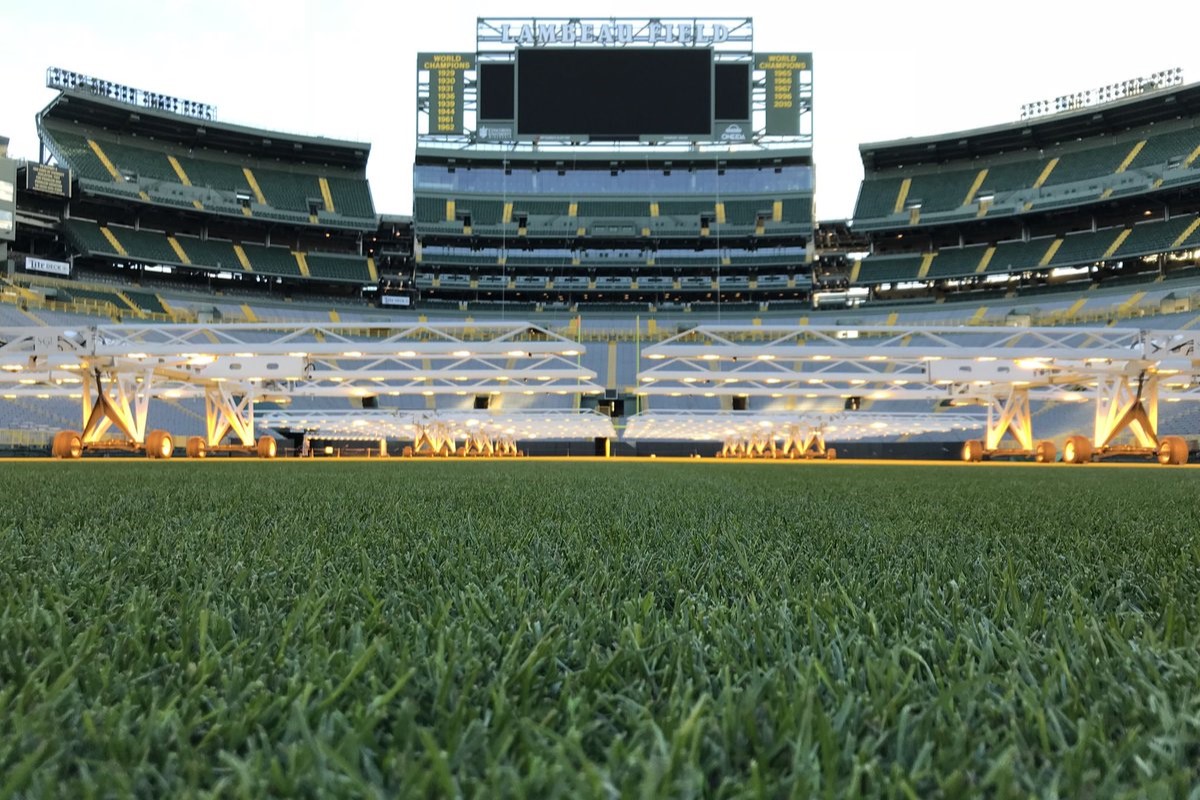


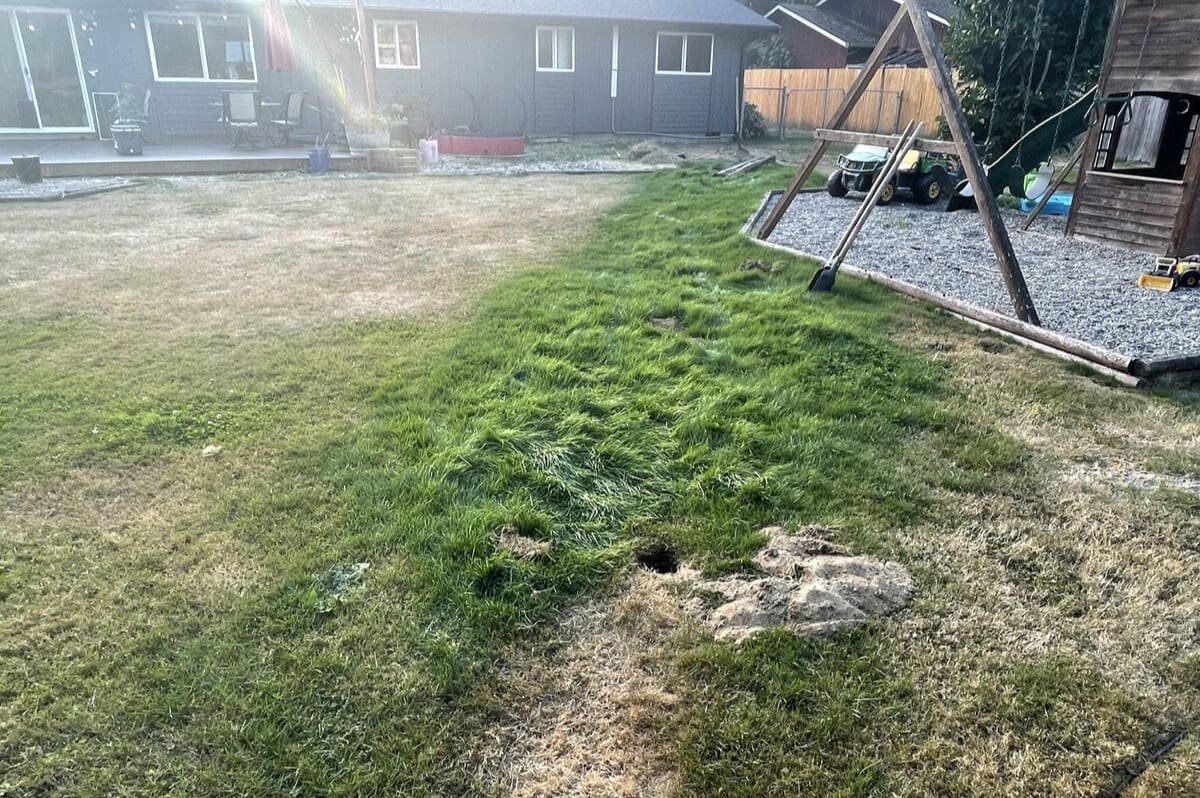
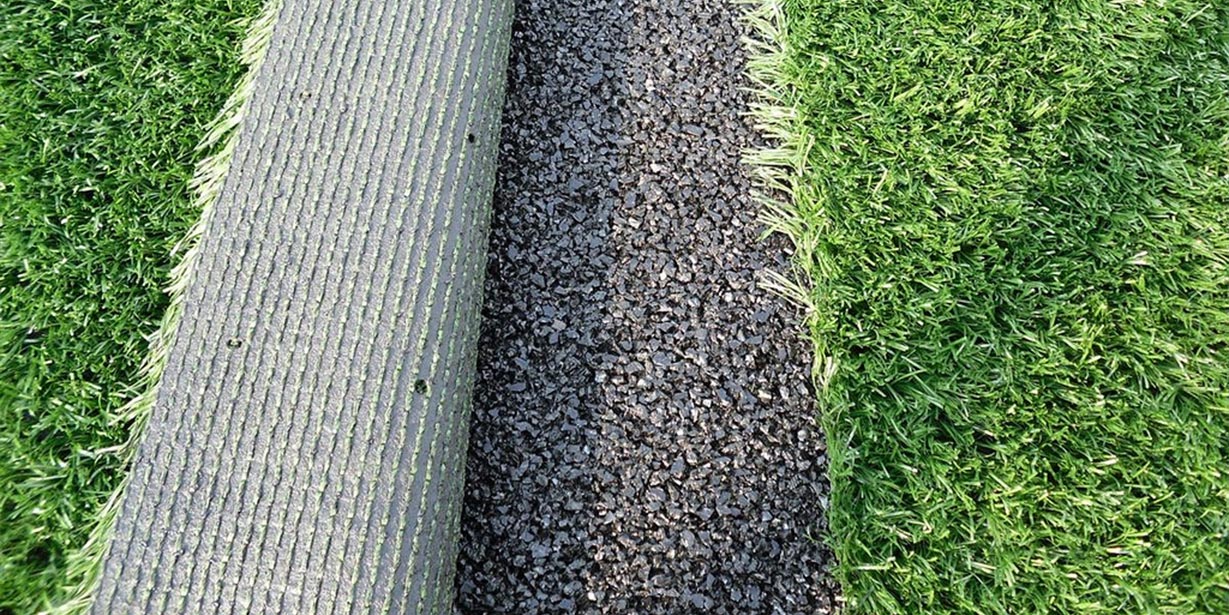
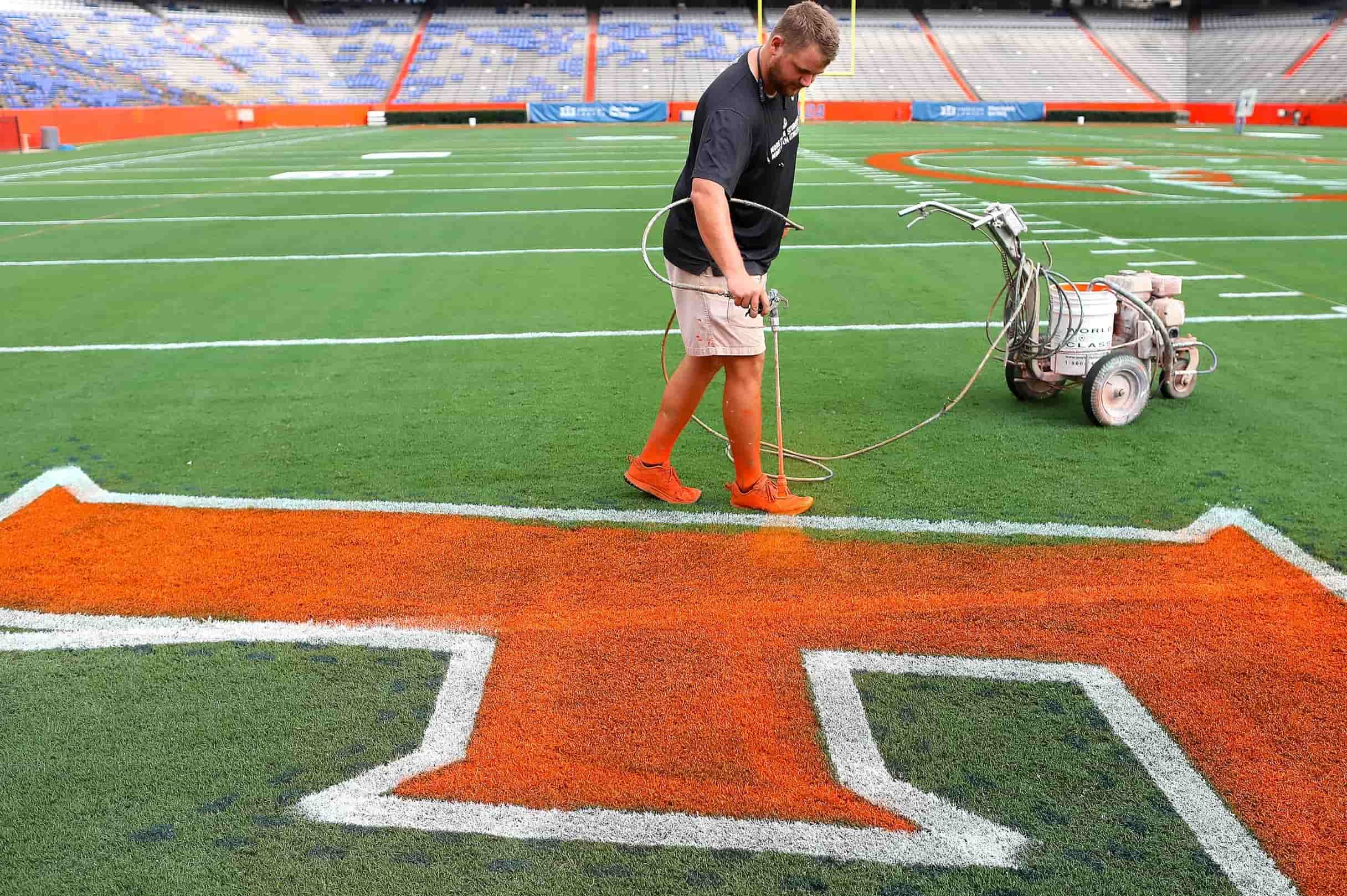



0 thoughts on “How To Make A Grass Field In Photoshop”